
Captain John Keay desperately waited for a tugboat to take his ship, the high-speed clipper Ariel, up the Thames and into dock at London. Victory in that year's tea race, and the prize money that went with it, was within his grasp, but a rival had been in sight not far behind for hours now. Even after 99 days at sea and nearly 16,000 nautical miles, the winner was going to be determined by mere minutes, and good luck, on 6 September 1866.
DID YOU KNOW? BREW BEGINNINGS Catherine of Braganza, daughter of John IV of Portugal, helped popularise drinking tea for pleasure instead of medicine in England. When she arrived in 1662 to marry Charles II, she brought tea leaves as it was already a common drink in her home country.
For just over a decade, clipper captains like Keay had competed in an unofficial annual race: to load the first crop of tea in China and sail as quickly as possible to be the first to unload it in Britain, where thirsty tea drinkers were waiting to have their cups filled with the freshest leaves. Originally introduced to the British en masse in the mid-17th century, tea had grown into one of the nation's biggest imports by the 1800s. The hot drink was beloved at all levels of society and tea houses had proliferated, partly thanks to members of the temperance movement who encouraged the beverage as a healthy alternative to alcohol.
Such was the demand for tea that once the East India Company's monopoly on the trade ended in the 1830s, competition among merchants got heated. They developed and refined designs for faster ships able to handle the conditions on the voyage between Britain and China. Clippers were the elegant result. Slim, streamlined and with a huge number of sails across their three masts to catch every gust of wind, they could reach high speeds even when laden with goods, making them ideal for transporting tea (as well as the opium being sold to China).
Denne historien er fra September 2022-utgaven av History Revealed.
Start din 7-dagers gratis prøveperiode på Magzter GOLD for å få tilgang til tusenvis av utvalgte premiumhistorier og 9000+ magasiner og aviser.
Allerede abonnent ? Logg på
Denne historien er fra September 2022-utgaven av History Revealed.
Start din 7-dagers gratis prøveperiode på Magzter GOLD for å få tilgang til tusenvis av utvalgte premiumhistorier og 9000+ magasiner og aviser.
Allerede abonnent? Logg på
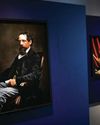
'Dickens's evocation of the fears, excitement and confusion of childhood is peerless'
DR LEE JACKSON ON WHY CHARLES DICKENS REMAINS RELEVANT TODAY
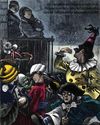
THE AUTHOR GOES ABROAD
Dickens expanded his horizons and boosted his fan-base by venturing overseas - but global fame came with a cost
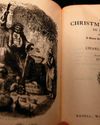
REVIVING THE FESTIVE SPIRIT
A Christmas Carol wasn't just a bestseller - it changed the way that Britons chose to mark the festive season

GIVING THE POOR A VOICE
From Hard Times to Oliver Twist, Charles Dickens used his pen to help illuminate the lives of the less fortunate
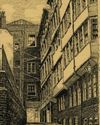
A JOURNEY THROUGH DICKENS'S LONDON
The works of Charles Dickens are synonymous with visions of Victorian London. We talk to Dr Lee Jackson about the author's love of the capital, and the locations that most inspired him
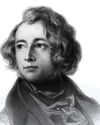
EXCEEDING EXPECTATIONS
Dr Lee Jackson chronicles Charles Dickens's journey from down-at-luck teenager to titan of Victorian literature

GIFTS, TREES & FEASTING
We take a journey through the photo archives to reveal how Christmas and its many traditions have been celebrated over the years - and around the world
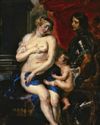
WHAT GREAT PAINTINGS SAY
We explore the story behind an allegorical painting that celebrates the triumph of love over hate, peace over war
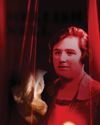
HELLISH NELL
Malcolm Gaskill delves into the life of Helen Duncan - the fraudulent Scottish medium whose ectoplasm-filled seances saw her ending up on the wrong side of the law
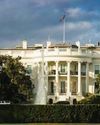
7 THINGS YOU (PROBABLY) DIDN'T KNOW ABOUT THE WHITE HOUSE
Presidential historian Dr Lindsay M Chervinsky reveals some of the most surprising facts about the world-famous US residence